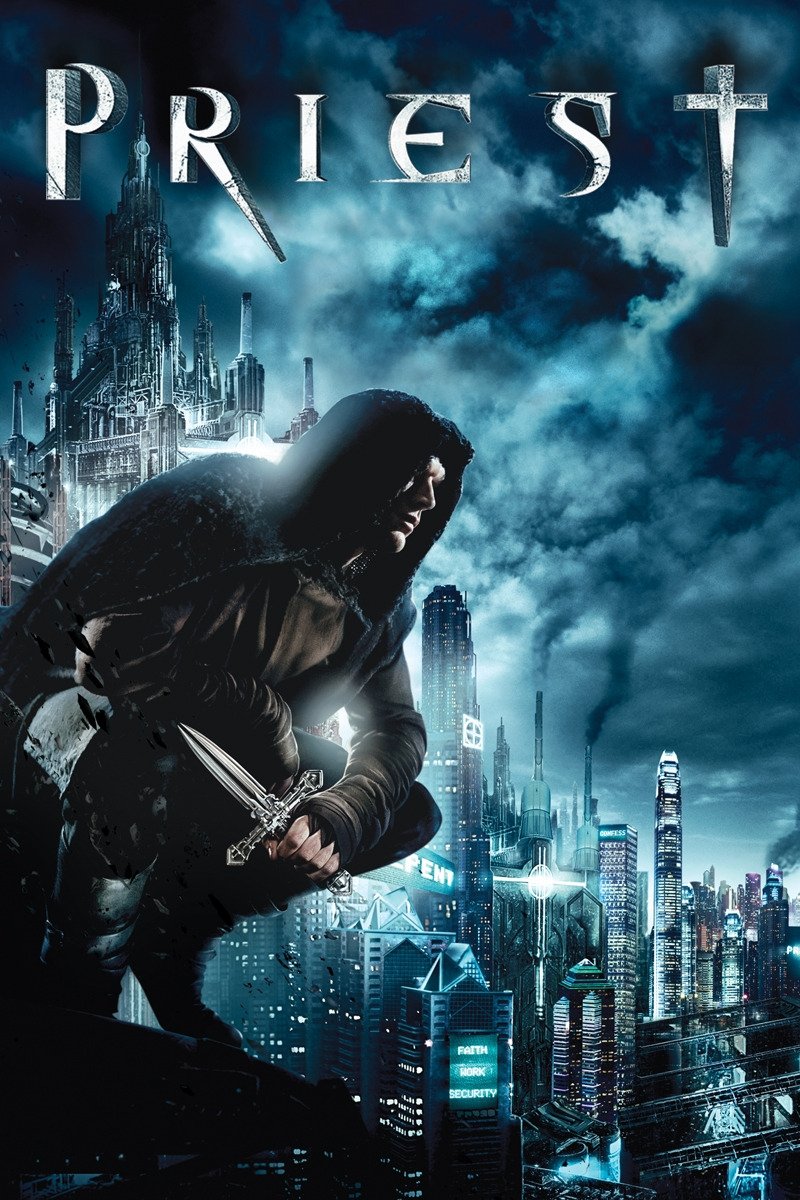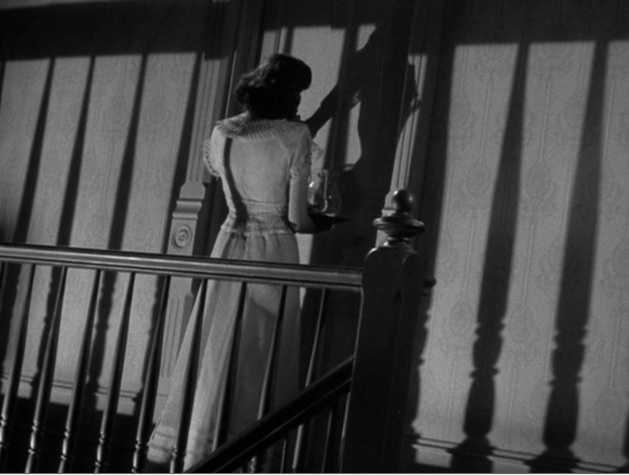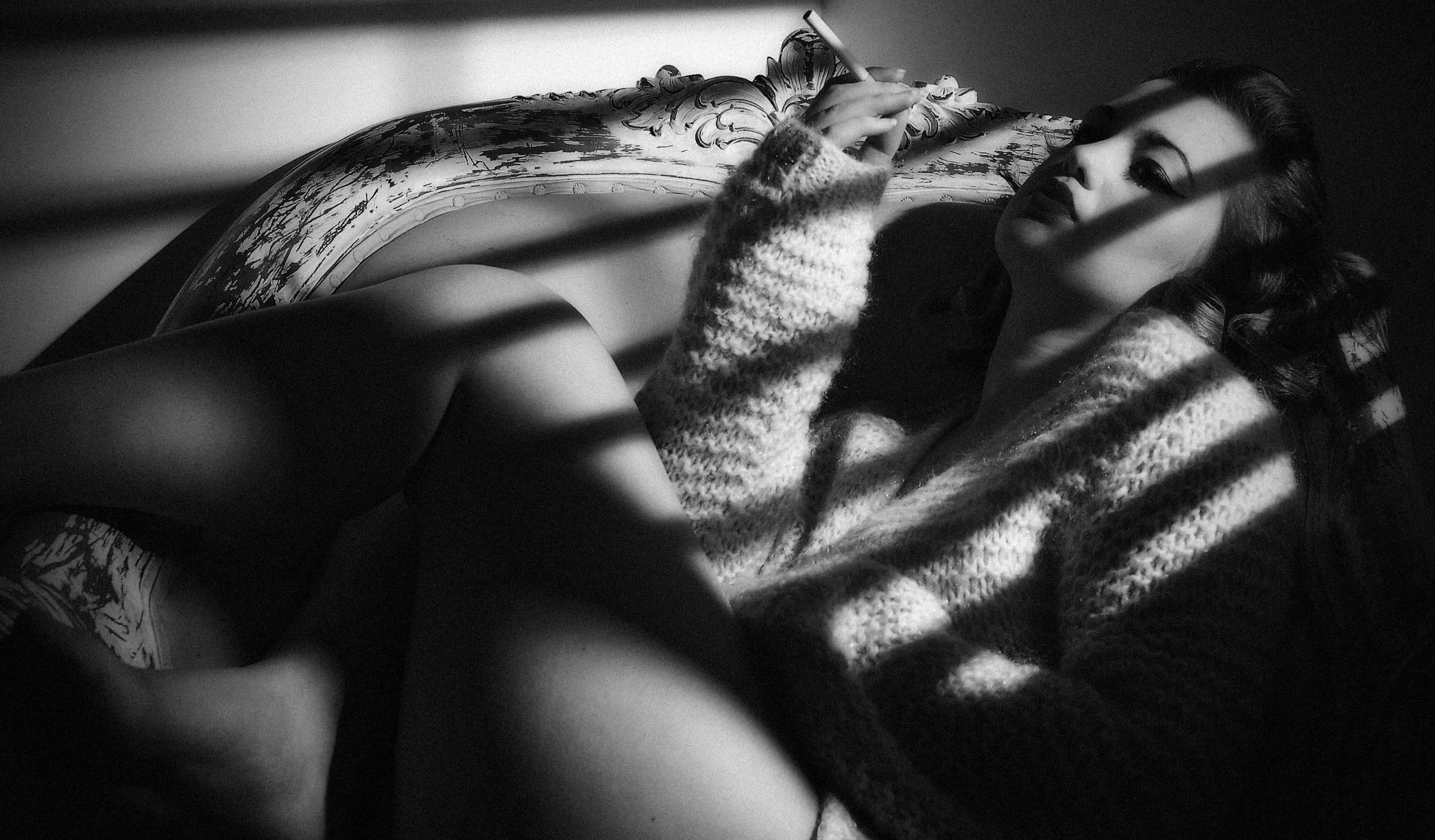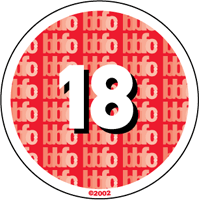Our opening title sequence will start with an extreme close up of our Femme Fetale whispering into one of our anonymous male characters ears, with the echoing line that will sound distorted and faraway, "Do you trust me?". This will fade into a fast-paced series of extreme close up shots to a building sound collage of speech and music. When the music hits its crescendo the shot will change to close up of the Femme Fetale blowing a kiss, forming an action match with the shot of the gun shooting a bullet. The shot will echo and change to see the Femme Fetale's hands dragging down the blood-stained shirt. This will then cut to an extreme close u of her eyes filling with tears.
 The is will fade to black before our titles start. Our titles will include the words rising from or being written with various typical iconography seen in film noir, including:
The is will fade to black before our titles start. Our titles will include the words rising from or being written with various typical iconography seen in film noir, including:- Title rising from cigarette smoke
- Title wipe as Femme Fetale pulls up stockings
- Title appearing in spilt alcohol
- Title written onto credit card used to cut drugs (specifically some sort of powdered drug like cocaine)
- Title across cards/poker chips
- Title written in red lipstick on mirror
- Zoom into title in newspaper article
- Title rising from blood on shirt seen earlier
We unsure of the order of these titles and it will be decided later in pre production.

























